It’s easy for a company to end up needlessly bleeding cash. Expenses can get out of control and clients can get behind paying. While the hardest part of the sale might be the close, if you don’t collect, all the hard work you did to close the deal and service the client won’t be worth anything. There are a number of operational tweaks you can do to increase your cashflow without raising prices or disrupting your business and client relationships.
Setting expectations is essential for customer relationships. While its easiest to do at the start of the relationship, the below steps should be taken for all customers, no matter how long they’ve been a client.
1. Establish when you expect to get paid. Make sure you have an agreement with your client on when you will get paid. Don’t rely on the contract terms. You need commitment from the customer themselves.
2. Agree with the client on what happens if you don’t get paid. Do you send a warning before cutting off service? Do you charge a late fee? Do you send to collections? Whatever you do, make sure the client understands before you start any work and stick to your system. You can be lenient, but be careful. Don’t put good money after bad (e.g., continue to expand your resources on a client who isn’t going to pay you).
Processes and expectations alignments are wonderful, but if you don’t have a contact person your invoice could go into the email wasteland. When setting up a new client, make sure you do the following:
1. Know who approves the invoice and how invoices are approved. This person is often different than the invoice processing team, but you need to ensure they receive the invoice since they are the approver. Knowing upfront how invoices are approved prevents the “waiting for approval” runaround.
2. Know who processes the invoice and how invoices are processed. Companies have their own unique processes. Make sure you know how these processes work and how to comply, or your invoice could be held up indefinitely.
Sometimes you need to email your invoice to an “AP” team or submit it to a payment portal and follow a specific format. Also, get at least one human backup contact besides your normal contact. People move positions and leave all the time. You can go to your backup when you don’t get a timely reply.

No one likes to think about collections. Selling is sexy, building products are innovative, solving customer’s problems is fulfilling. Collections aren’t’ fun. It’s when you have to ask to get paid and maybe have a difficult conversation. Regardless of the uncomfortable nature of collections, it’s essential and you have to focus on them.
1. Build a process around collections. Make it routine. Monitor your Accounts Receivable (AR) and know who should reach out to the client and when. The internal person could differ by client, but everyone has to know their role. However, they won’t know what to do if you don’t have a centralized monitoring system for aged AR and a process to follow.
2. Compensate on collections, not sales. A sale is only as good as the money you collect for it. Make sure your performance plans and compensation/commissions plans are based on collections or you could end up with a lot of sales that waste your company’s time and resources.
Your clients won’t be shy in telling you when they can’t afford things. You are perfectly in your rights to talk with your vendors and ask for a discount or break. Don’t go into these conversations lightly. There is a difference between asking for help because you need it, or hunting for a bargain.
For better prices, the easier route is to find a substitute and ask the current vendor to match the rate. Don’t make threats and don’t try to use these actions as bargaining chips. You should always be on the lookout for better service and better prices, however, how you communicate this with your vendors will set the stage for your future relationship. Make sure you treat them like you would want to be treated by your clients.
Do a full scrub of all your expenses, including your credit card, PayPal/Venmo, and bank statements at least twice a year. Often times you’ll have expenses that are being auto-approved that you might have forgotten about. Review each subscription to make sure you aren’t paying for unused seats.
Limit the number of people in your company that can enter into agreements on the company’s behalf. Limiting signing authority prevents unnecessary spend. Ensure that finance is a part of the final approval process of all major contracts so you stay within budget. Have a clear process and require competitive bidding for larger expenses. Set whatever thresholds make sense. You don’t need to get too bureaucratic, and give you team the freedom to spend a certain amount of money without major approval below a certain threshold. Just ensure you have policies around spend, educate the team, and have a way to audit the spend to ensure compliance.
It’s tempting to focus on the current year budget when spending money. All too often, the next-year effect is forgotten. This is common when hiring people. You might have a $50K budget for the remaining year, so you hire a $100K person half way through the year. While you’ll make your $50K budget this year, you’ll be committing to $100K for the next year, an additional $50K of expenses you might not be prepared for.
With a focus on collections, setting proper expectations on clients, and a more formalized expense monitoring process, you can protect your cashflow from needless waste and keep your hard-earned money for investments in growth.